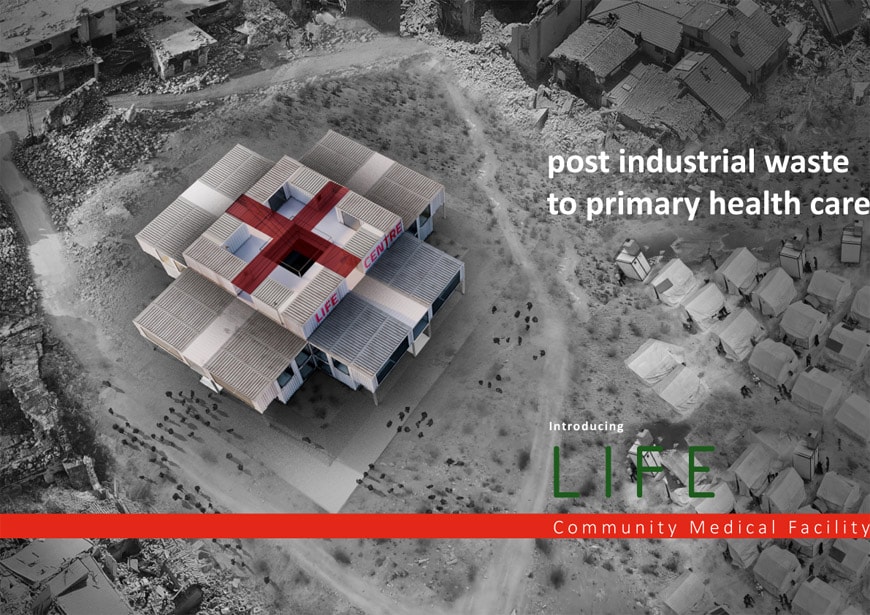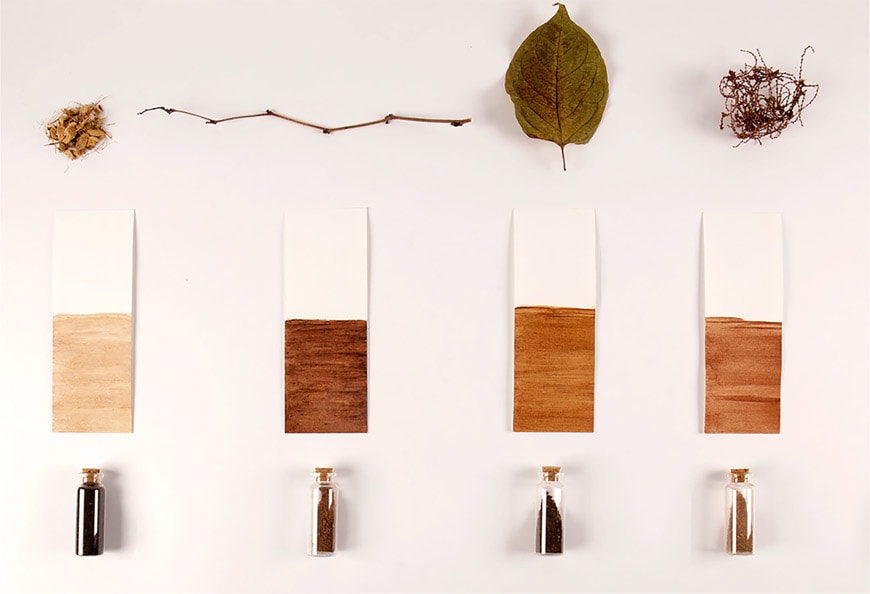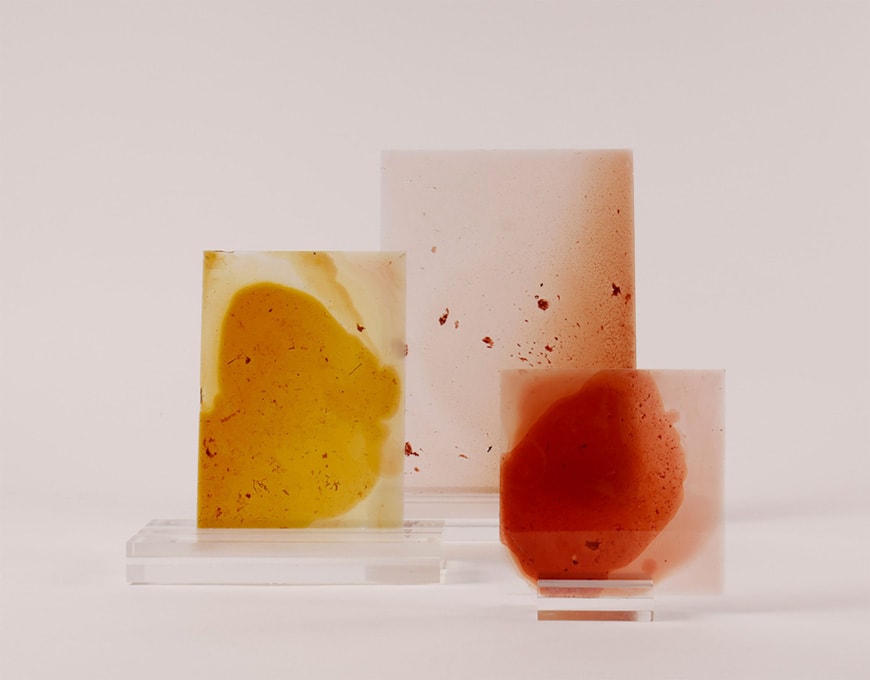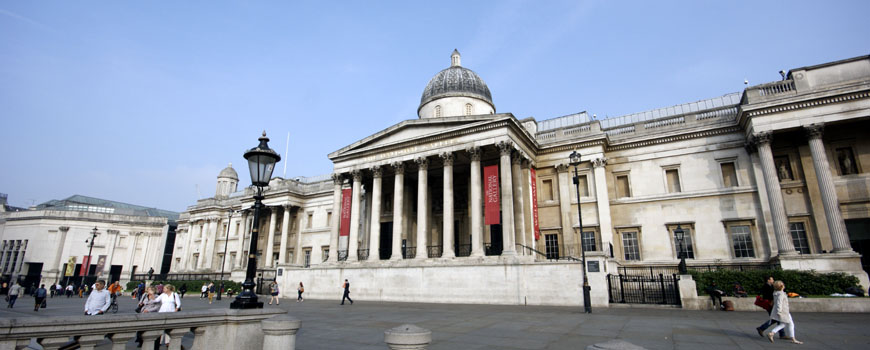Rethinking the world. Radical design in an age of crisis
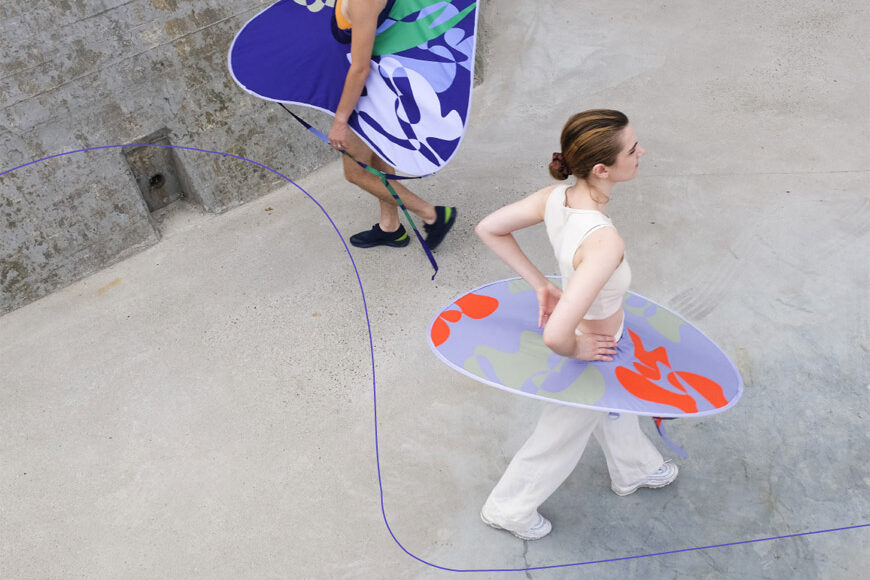
Rethinking the world. Radical design in an age of crisis
In mid-2020, during a global pandemic, Chatham House and London Design Biennale launched “Design In An Age Of Crisis”, an international open call inviting creative professionals, the public, students, and young people – to create innovative design through radical thinking.
The current global pandemic has further highlighted pressing and well-known critical issues of our time – how to guarantee public care to all, create housing solutions for millions of people, address the climate emergency, and tackle growing social and economic inequalities – but it has also opened new issues more closely related to the pandemic crisis, such as the need to create spaces for remote working and to imagine new ways to develop human relationships in complete safety.
These issues – together with those related to fostering a greater harmony between humans and nature and awareness of the impact of human-made objects on the environment – were addressed by 500 entries from over 50 countries. The proposals were divided into four thematic areas: environment, health, society, and work.
The projects we report below are a small, yet reasonably representative, selection of the 500 entries submitted; the complete catalog is available on the London Design Biennale website.
Selection of the 500 entries submitted
Anne Sophie Dieneman – “Bounding spaces” (above and cover image)
The Covid-19 pandemic is reshaping our lives in unexpected ways and, probably, social distancing will stay a rule for longer. “Bounding Spaces”, designed by Anne Sophie Dieneman, is a collection of accessories that playfully adapt to the new circumstance, creating an inaccessible area around the bodies.
Architecture Discipline / LIFE CMF (above)
Architecture Discipline presented LIFE CMF, an initiative to rethink public health through the prototype of a community medical facility, built by assembling industrial containers. The objective is to combine accessibility and immediacy of assistance with an open approach to the well-being of individuals and families.
Boris Lancelot Tichelman / Active Classroom (above)
The ‘Active Classroom’ is a series of ergonomic furniture for children designed for the school of the future. Conceived as an alternative to traditional chairs, the four stools encourage a frequent alternation of postures.
Central Saint Martins / CSM Loves NHS (above)
The aim of the Central Saint Martin Design School in London was to create scrubs for the British National Health Service staff, overcoming their shortage to support the public health system in a time of crisis while taking care of the wearers and helping them feel less helpless.
Ellen Fowles – Marian (above)
‘Marian’ is a capsule collection designed for elderly, sick, and disabled people in hospitals, healthcare facilities, and/or for rehabilitation at home. It offers dignified and more functional clothing than pajamas or sportswear. Each component of the collection has been designed to facilitate therapies and movements and to make the dressing phases of people with reduced mobility easier.
MuDD and AirLab / pop-up ecosystems (above)
AirLab and MuDD joined with young designers to propose some new ultra-light spaces realized with innovative techniques and local materials. Pop-up Ecosystems offer green spaces attached to existing buildings to help positive mental health.
Murray Branding & Design / Rethinking museum signage in the Covid era (above)
During the confinement, Murray Branding & Design reflected on the role of public museums in the COVID era, and on how signage systems can investigate the meaning of social distancing, its connotations, and the way bodies interact in public spaces. Based on this reflection, they have created new signage for the CA2M museum.
GREENB App / Gabby Morris (above)
A tool to learn about plant species and is particularly suitable for use in urban areas, GREENB is an app that unites people and the natural environment, helps preserve biodiversity, and invites humans to better enjoy green spaces close to home.
Marina Belintani / Japanese knotweed project (above)
Japanese Knotweed Project aims to transform a problematic plant such as Reynoutria japonica (popularly known as Japanese knotweed) into an opportunity by using design as a tool to turn something negative into something positive. Through a process of investigating its parts and potentialities, the plant has shown to be a precious local source of raw material for different industries.
The British Institute for Circularity (above)
The British Institute for Circularity focuses on the sustainability of our interactions with the environment and the precious resources it provides. Its policy is based on the development of human inventiveness to satisfy everyday needs by increasing one’s ability to repair, reuse, and recycle.
Pictures courtesy of London Design Biennale https://londondesignbiennale.com/
copyright Inexhibit 2024 - ISSN: 2283-5474


